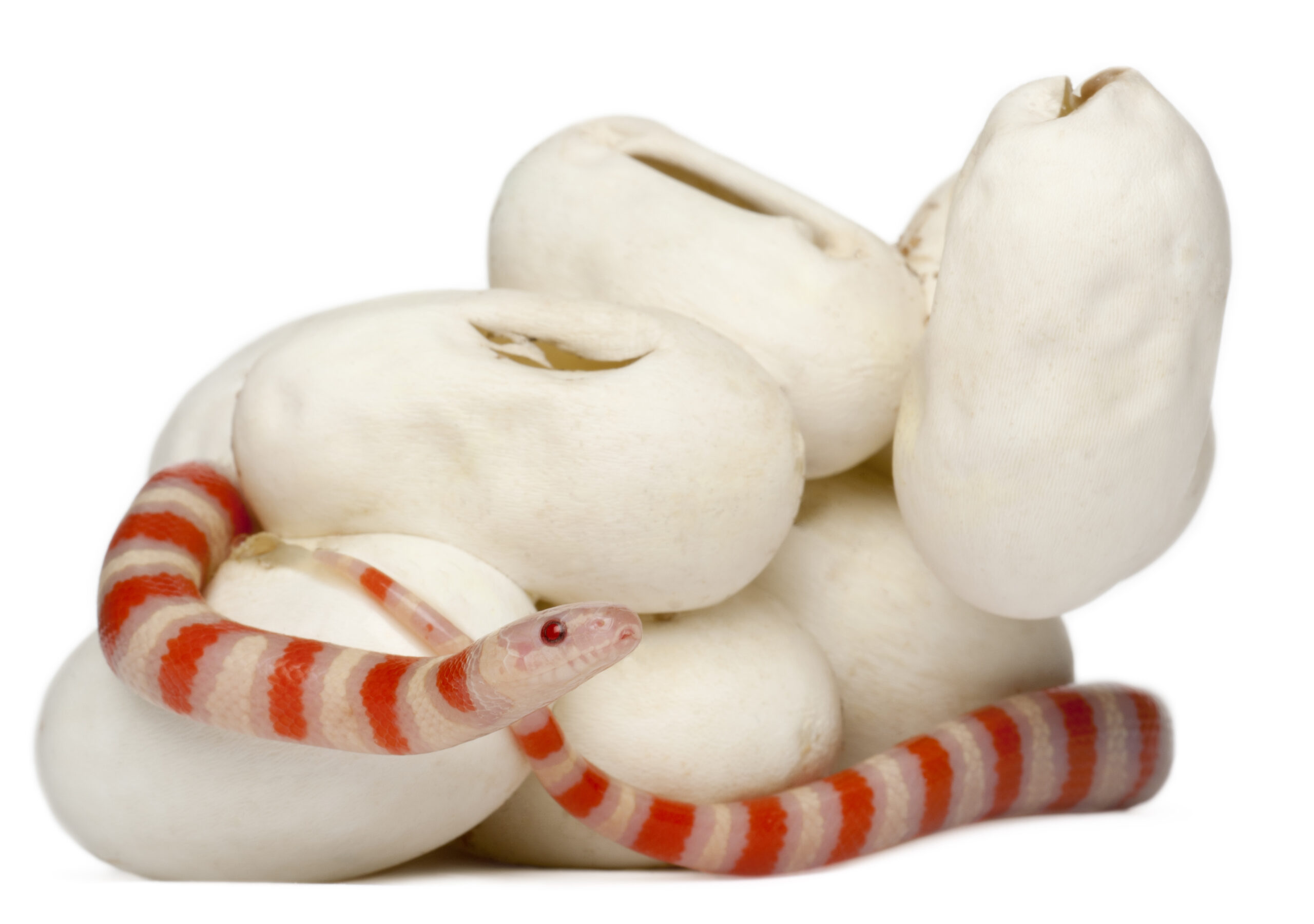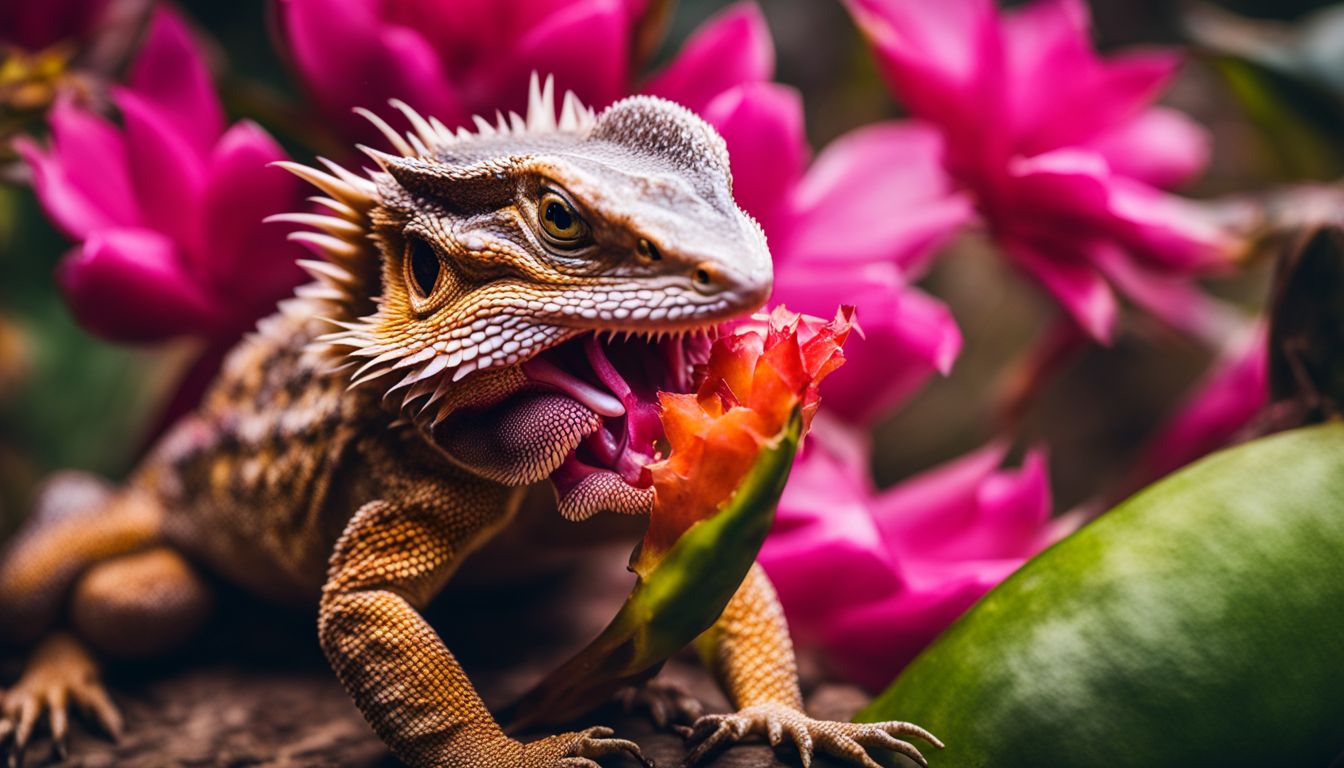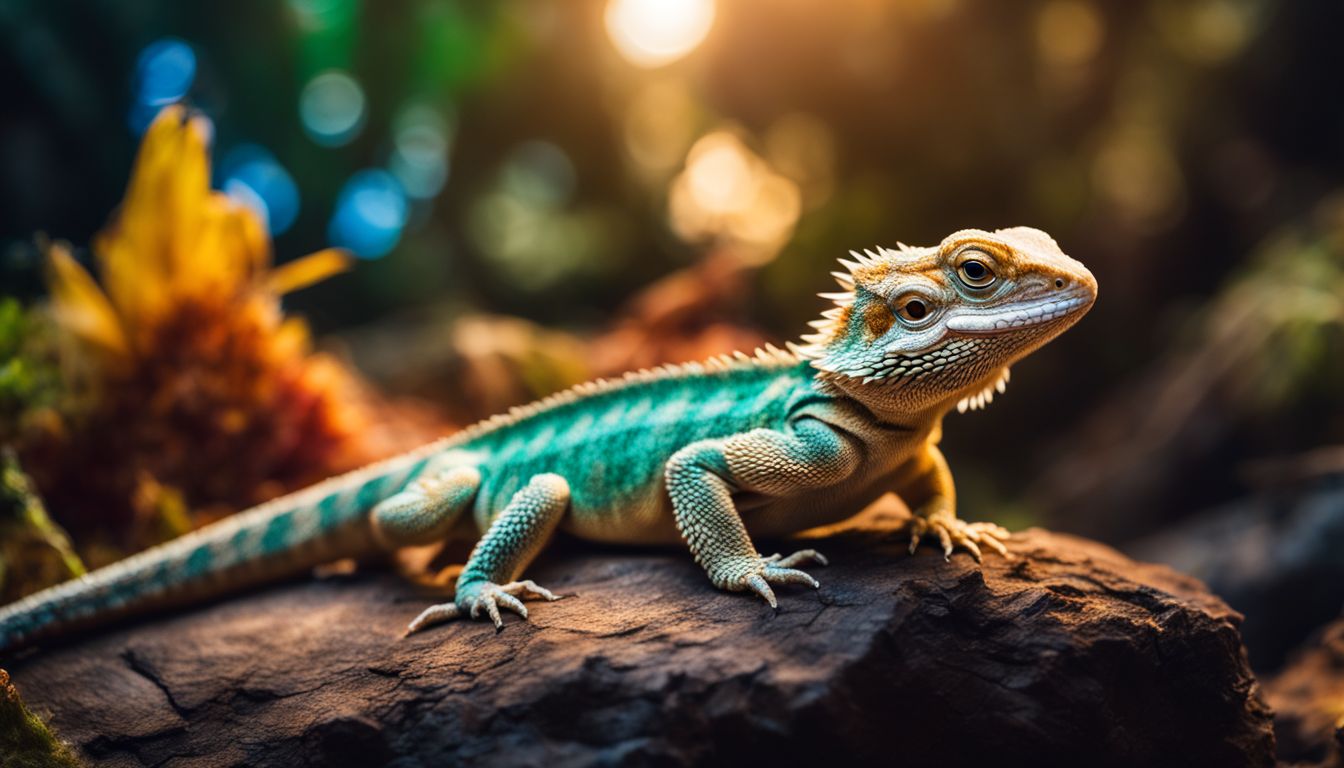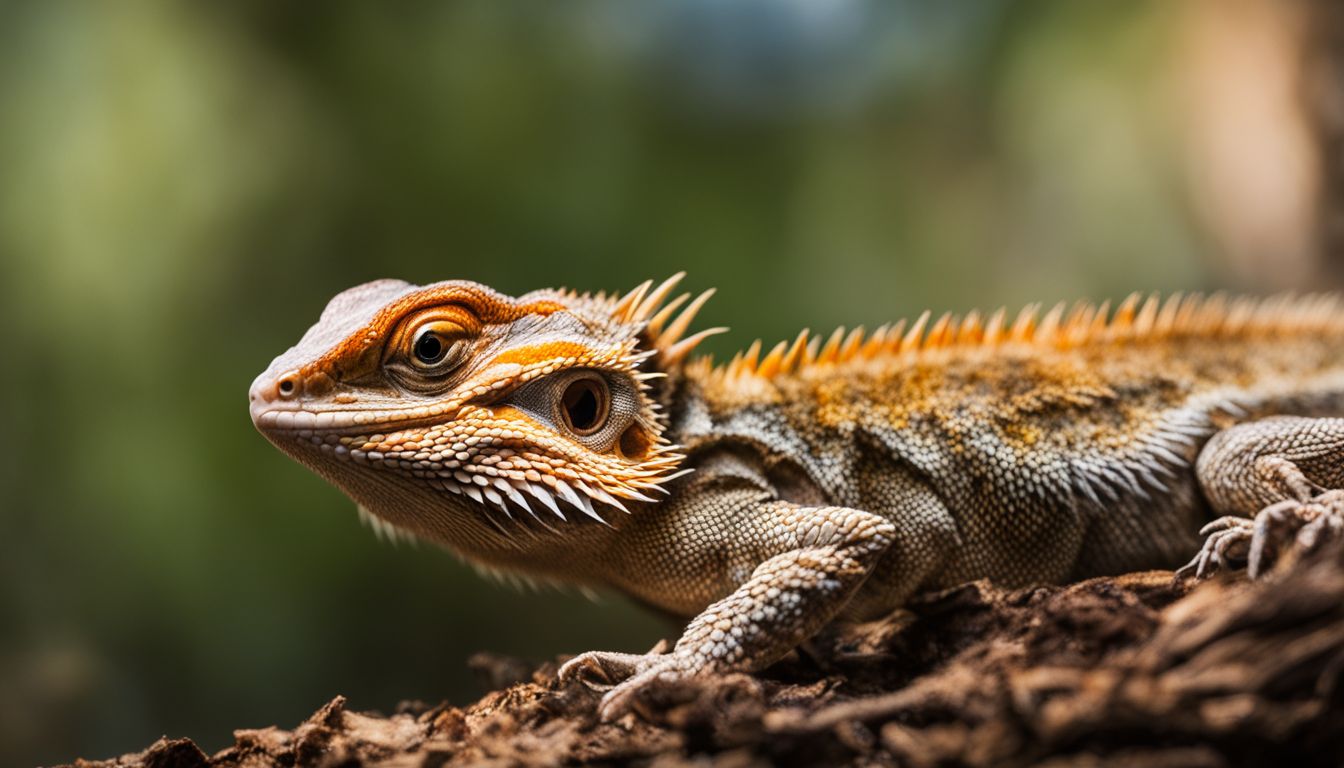Snakes have long fascinated and intrigued people with their unique, mysterious ways. One of the most common questions regarding these slithering reptiles is: “Do snakes lay eggs or give live birth?” The answer may surprise you as snake reproduction is quite diverse, even within individual species.
In this ultimate guide to understanding snake reproduction, we’ll unravel the truth behind this captivating question and explore the complex world of how snakes bring forth new life.
Key Takeaways
- Snakes can reproduce by either laying eggs (oviparity) or giving live birth (viviparity), with 70% of snake species laying eggs and 30% giving live birth.
- Mating in snakes involves courtship behaviors, and male snakes have evolved unique reproductive organs called hemipenes that increase their chances of successfully impregnating a female during copulation.
- Gestation periods for different snake species can vary greatly, as can the number of offspring produced. Certain misconceptions about snake reproduction exist, such as the belief that all females need males to reproduce or that venomous and non-venomous snakes can interbreed.
Snake Reproduction: Eggs Or Live Birth?
Snakes can reproduce either by laying eggs (oviparity) or giving live birth (viviparity), with 70% of snake species laying eggs and 30% giving live birth.
Oviparity (Egg-laying Snakes)
Oviparity is the reproductive mode in which snakes lay eggs, allowing embryos to develop outside of the mother’s body. This method of reproduction is quite common among snakes, with approximately 70% of species relying on egg-laying as their primary means of procreation.
These egg-laying serpents possess specialized oviducts that facilitate laying eggs after fertilization within the female’s body. The protective shell enclosing each embryo allows for efficient gas exchange while also providing a barrier against potential predators.
Eggs are typically deposited in concealed locations such as burrows or rotting vegetation where they can incubate safely until hatching occurs.
Viviparity (Live-birthing Snakes)
Viviparity is a unique form of snake reproduction in which the young develop inside the female and are born alive. Instead of laying eggs, live-birthing snakes nourish their embryos internally through a placenta and membranes, providing them with essential nutrients for growth.
Rattlesnakes, vipers, boas, and some garter snakes are examples of viviparous species known to give birth to live offspring. In fact, certain viviparous snakes are closely related to their oviparous counterparts – for instance, the false water cobra shares family ties with true cobras but instead gives live birth rather than laying eggs.
Similarly perplexing is the case of elapid snakes like cobras and coral snakes; while most lay eggs for reproduction (oviparity), there are rare instances where some exhibit ovoviviparity – fertilizing eggs internally before giving birth to live offspring without any hard-shell coating protecting them during development stages.
How Snakes Reproduce
Snakes reproduce through a process of mating and gestation, which can result in either eggs or live birth depending on the species.
Mating
In the world of snakes, mating is a fascinating and intricate process. Female snakes produce pheromones that attract males when they are ready to breed, signaling potential mates near and far.
As male snakes detect a receptive female’s scent trail, they follow it to locate her. Courtship behavior ensues, involving various displays like rapid tongue flicking or body rubbing against one another.
During copulation itself, the male snake wraps his tail around the female’s and inserts one of his hemipenes into her cloaca – an opening used for reproduction in many reptiles.
The exchange of sperm may last anywhere from several minutes to hours as he transfers his genetic material before disengaging and slithering away.
Gestation And Development
After mating, the fertilized eggs of oviparous snakes are held internally within the female’s oviduct until they are ready to hatch. This incubation period varies by species and can range from a few weeks to several months.
For viviparous snakes, development occurs within the mother’s body instead of inside an egg. As with oviparity, gestation periods vary among different species but typically last between three to six months.
Whether a snake is oviparous or viviparous has varying advantages depending on its environment and lifestyle.
Snake Reproduction FAQs
How long is the gestation period for different snake species, how many offspring do they usually have, and what are some common misconceptions about snake reproduction that need to be debunked?
Gestation Periods For Different Species
Understanding the gestation periods for different species of snakes is essential in knowing how long it takes for the eggs to hatch or for live young to be born. The table below highlights some of the various snake species and their respective gestation periods.
| Snake Species | Gestation Period |
|---|---|
| Sharp-Tailed Snake | Unknown |
| Northern Copperhead | Retains eggs inside body until hatching; ovoviviparous |
| Northern Watersnake | 58 days; viviparous |
| Ball Python | 45-60 days; oviparous |
| Corn Snake | 28-45 days; oviparous |
| King Cobra | 65-80 days; oviparous |
| Rattlesnake | 90-150 days; ovoviviparous |
| Garter Snake | 85-100 days; viviparous |
It is important to note that these gestation periods can vary based on factors such as environmental conditions and the overall health of the snake. This information can be useful for snake enthusiasts, breeders, and conservationists alike to ensure the proper care and understanding of these fascinating reptiles.
Differences In Number Of Offspring
Snake species differ significantly in the number of offspring they produce, regardless of whether they lay eggs or give live birth. Below is a table illustrating the differences in the number of offspring between various snake species.
| Snake Species | Types of Reproduction | Number of Offspring |
| Corn Snake | Oviparous (Egg-laying) | 10-30 eggs |
| Ball Python | Oviparous (Egg-laying) | 3-11 eggs |
| King Cobra | Oviparous (Egg-laying) | 20-50 eggs |
| Boa Constrictor | Viviparous (Live-birthing) | 10-65 live young |
| Garter Snake | Viviparous (Live-birthing) | 10-40 live young |
| Rattlesnake | Viviparous (Live-birthing) | 4-25 live young |
Regardless of the method of reproduction, the number and sizes of offspring do not differ significantly between egg-laying and live-bearing species (Fact 4). It’s essential to understand that the number of offspring produced varies among species, independent of their reproductive mode.
Common Misconceptions About Snake Reproduction
Many misconceptions surround snake reproduction, some of which include:
- Snakes give birth through their mouths: This is a common myth that has been perpetuated in movies and folklore. Snakes do not give birth through their mouths; they have a separate cloaca for reproductive purposes.
- All snakes lay eggs: While most snakes lay eggs, there are several species that give live birth. These include boa constrictors, anacondas, and garter snakes.
- Venomous and non-venomous snakes can interbreed: This is not true as venomous and non-venomous snakes belong to different families and cannot interbreed.
- All female snakes need a male to reproduce: This is also false as some species of female snakes are capable of reproducing without mating through a process known as parthenogenesis.
- Mating occurs only during mating season: While mating typically takes place during breeding season, it can occur at any time of the year depending on factors such as climate and availability of food.
Conclusion 💭
In conclusion, understanding snake reproduction can be complicated but fascinating. Snakes have evolved different ways to give birth and develop their young, with some laying eggs and others giving live birth.
Despite common misconceptions about snakes being solely egg-layers or live-bearers, the truth is that many species have unique reproductive processes. Regardless of the method of delivery, successful snake reproduction requires precise timing and conditions for fertilization and embryo development.
FAQs:
Do all snake species lay eggs or give live birth?
No, some snake species lay eggs while others give live birth. The method of reproduction varies depending on the species.
How can you tell if a female snake is pregnant?
One way to tell if a female snake is pregnant is by observing her behavior and appetite. Pregnant snakes may become less active and eat less than usual. They may also have a visibly swollen abdomen.
Are there any differences in care between snakes that lay eggs versus those that give live birth?
Yes, there are some differences in care for snakes that lay eggs versus those that give live birth. For example, egg-laying species will require an appropriate substrate for laying their eggs such as sand or soil while live-birth snakes will need space and areas to hide before giving birth.
What is the average clutch size for egg-laying snakes?
The average clutch size depends on the species of the snake; however, most egg-laying snakes typically produce clutches ranging from 5-20 eggs per breeding season.




